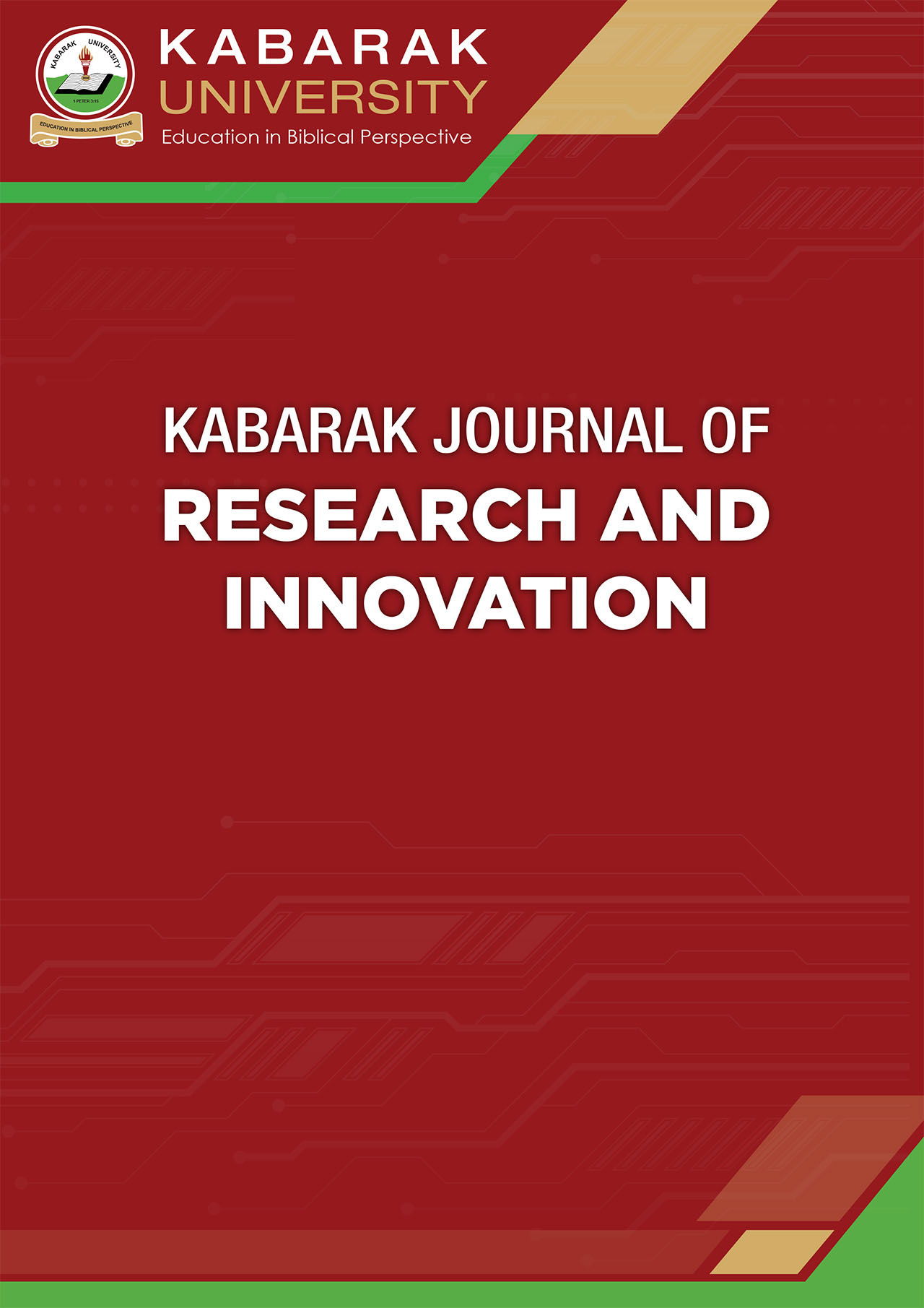ANTI-PLASMODIAL ACTIVITY OF SOME MEDICINAL PLANTS USED FOR TREATMENT OF MALARIA AND SYNERGISM OF METHANOLIC EXTRACTS OF CARISSA EDULIS AND ARTEMISIA ANNUA
DOI:
https://doi.org/10.58216/kjri.v1i1.1Keywords:
Carissa edulis, Plasmodium falciparum, Atemisia annua combination therapyAbstract
The increasing prevalence and distribution of malaria has been attributed to a number of factors, one of them being the emergence and spread of drug resistant parasites. Efforts are now being directed towards the discovery and development of new chemically diverse anti-malarial agents. The present study reports on the in vitro anti-plasmodial activity of 15 selected medicinal plants used widely by the traditional healers to treat malaria in the North Rift parts of Kenya. The plant extracts were tested for in vitro activity against chloroquin-senitive (D6) strains of plasmodium falciparum parasites. Of the 15 species assayed, 40% showed promising anti-plasmodial activity of IC50 ≤ 10 µg/ml, while another 40% showed moderate activity of IC50 between 10 – 50 µg/ml and 20% had weak activity of IC50 between 50 – 100 µg/ml. These results justify the correlation between traditional uses of the plants with their bioactivity. Synergism between total extract of Atemisia annua and Carissa edulis ware also analyzed using combination ratios of 10:90 to 90:10 respectively against P.falciparum parasites. This led to the identification of anti-malarial combination therapy of methanolic extracts of the two plants with sum of fraction inhibiting concentration (FIC) of 0.74 at 50% combination ratios. These results support a rational rather than random approach to the selection of anti-plasmodial screening candidates, and identify a number of promising plants for further investigation as plant-based anti-malarial agents.
Downloads
Downloads
Published
How to Cite
Issue
Section
License

This work is licensed under a Creative Commons Attribution 4.0 International License.
The Kabarak Journal of Research and Innovation (KJRI) provides immediate open access to all its published content. This is in line with our commitment to making research freely available to the public, supporting a greater global exchange of knowledge.
All articles are published under the Creative Commons Attribution 4.0 International License (CC BY 4.0). This license permits unrestricted use, distribution, and reproduction in any medium, provided the original author and source are properly credited.
Readers are free to read, download, copy, distribute, print, search, or link to the full texts of articles without asking prior permission from the publisher or the author.


